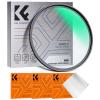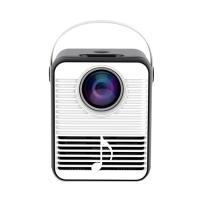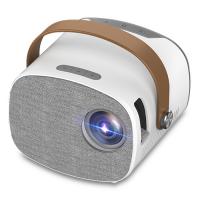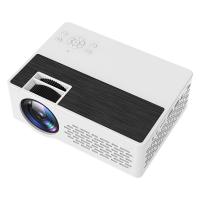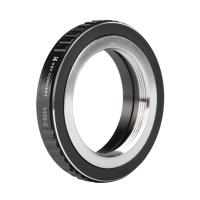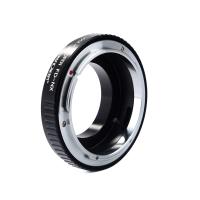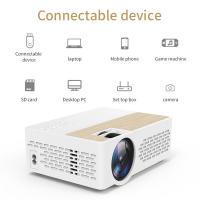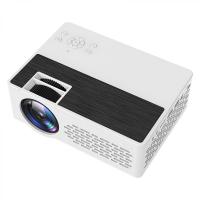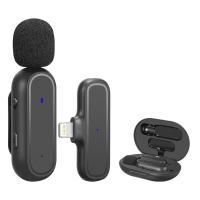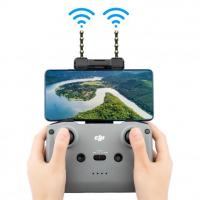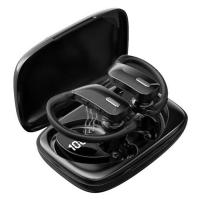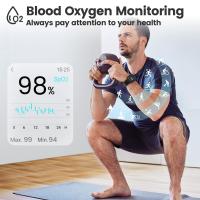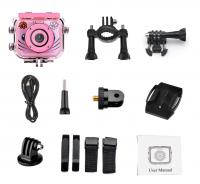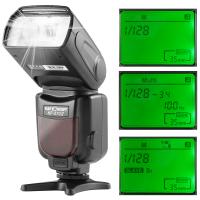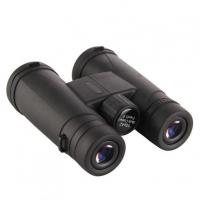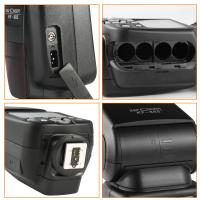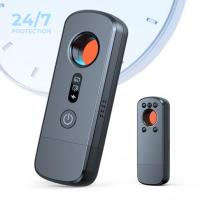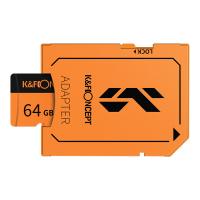Can I Connect Iphone To Projector With Usb?
As technology continues to evolve, one of the more common questions from users with iPhones is how to connect their devices to a projector using a USB connection. Whether for business presentations, educational instructions, or simply sharing media on a larger screen, this task is valuable yet poses certain challenges. Here, we will explore the methods for connecting an iPhone to a projector using a USB, address common user problems, and offer practical solutions to ensure a smooth experience.
Understanding the Basics
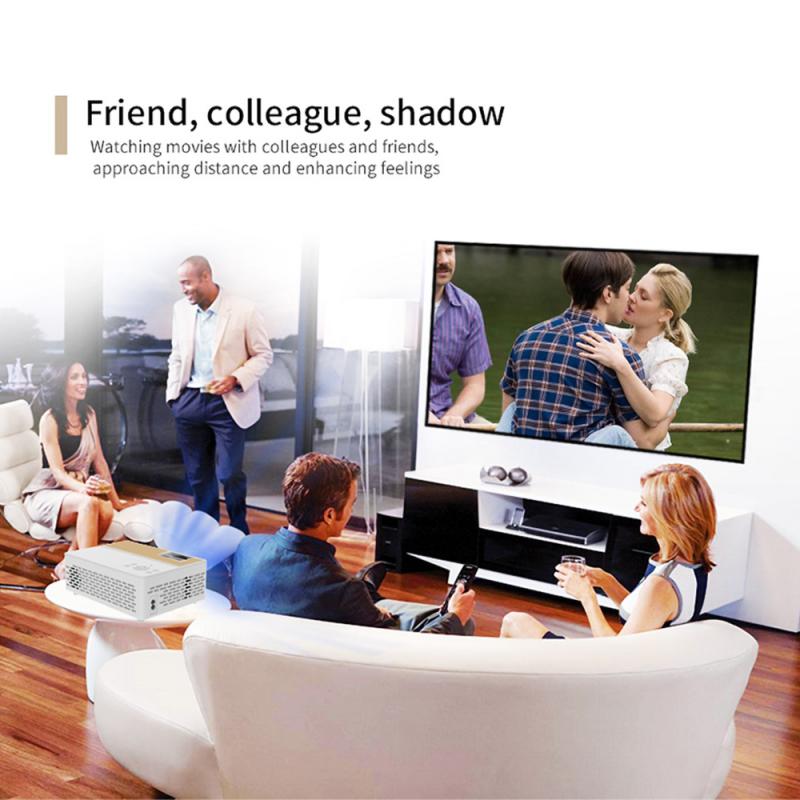
First, it is important to understand that iPhones use a Lightning connector or, in the case of newer models, USB-C. Most projectors, on the other hand, have HDMI, VGA, or older types of USB ports. The goal is to match these connections effectively.
Method 1: Using Lightning to USB Adapter
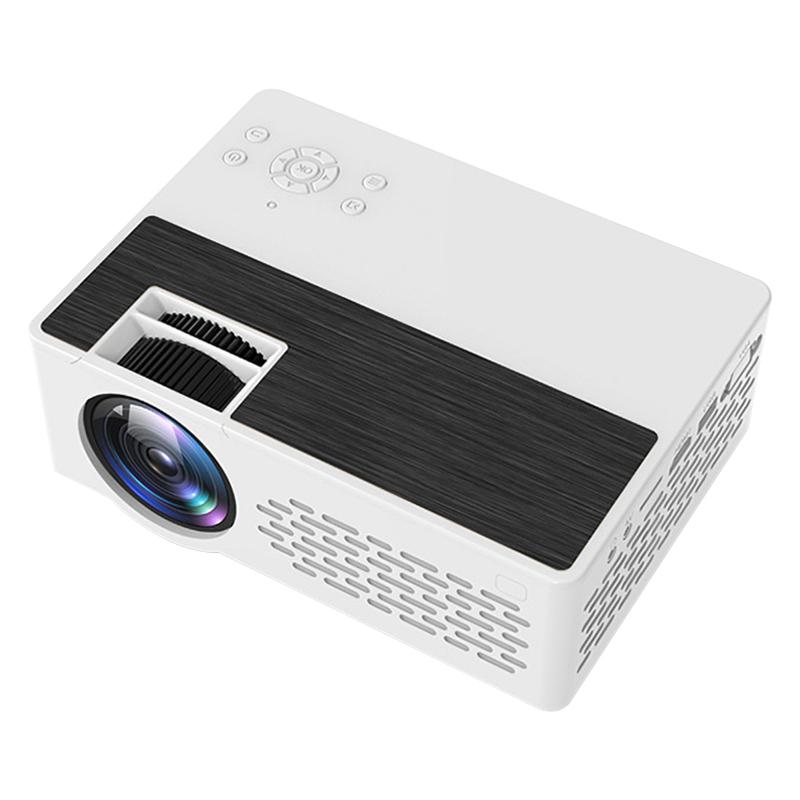
What You Need:

- A Lightning to USB Camera Adapter
- USB-A to USB-B Cable
- Projector with a USB-B port
Steps:
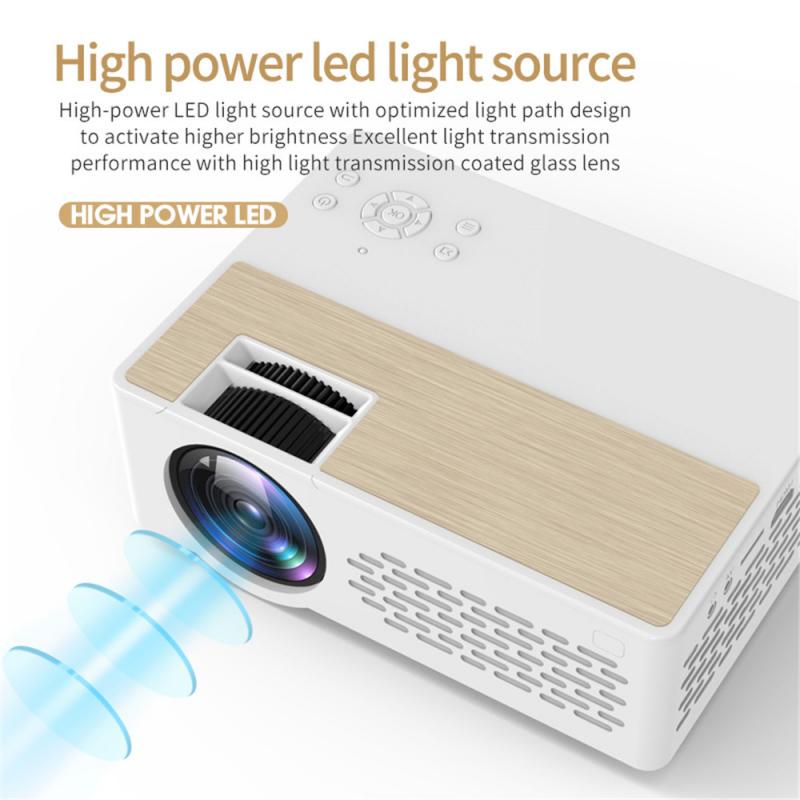
1. Connect the Adapter: Plug the Lightning to USB Camera Adapter into your iPhone.
2. Connect the USB Cable: Attach one end of the USB-A to USB-B cable into the adapter and the other end to the projector’s USB-B port.
3. Switch Input Source: On the projector, switch the input source to USB if required.
This method works primarily for projectors that support USB input directly from iOS devices. It is more common for projectors designed with inherent compatibility with mobile devices.
Method 2: Using HDMI Connection (Indirect USB)
Many users aim to connect through USB indirectly via HDMI due to iPhone’s robust support for HDMI output.
What You Need:
- Lightning to HDMI Adapter or USB-C to HDMI Adapter (for newer models)
- HDMI Cable
- Projector with HDMI port
Steps:
1. Connect the Adapter: Plug the Lightning to HDMI adapter into the iPhone.
2. Attach the HDMI Cable: Connect one end of the HDMI cable into the adapter and the other end into the projector's HDMI port.
3. Select HDMI Input: Use the projector’s input settings to switch to the HDMI source.
This method provides better signal quality and resolution, making it popular among users. The USB aspect here serves as a bridge to an HDMI connection.
Method 3: Using Apps with Screen Mirroring Over USB
Specific apps allow screen mirroring directly from iPhone to a projector through USB connections when Wi-Fi is available.
What You Need:
- Compatible app (such as ApowerMirror or TeamViewer)
- USB Cable
- Projector with USB-A or USB-B port
Steps:
1. Install the App: Download and install the compatible mirroring app on your iPhone.
2. Connect via USB: Use a standard USB cable and plug it from your iPhone to the projector.
3. Follow App Instructions: Open the app and follow on-screen instructions to start mirroring.
These apps often need both devices to be on the same Wi-Fi network and offer connection stability and multiple functional controls.
Troubleshooting Common Issues
1. No Signal Detected:
- Ensure all connections are firm and properly seated.
- Confirm the projector is set to the correct input source.
- Reset both the iPhone and projector, then retry the connection.
2. Poor Image Quality:
- Use high-quality HDMI cables when opting for HDMI connections.
- Verify the projector’s supported resolution and adjust iPhone settings accordingly.
3. Adapter Compatibility:
- Ensure you are using Apple-certified adapters to prevent connection problems.
Practical Applications and Benefits
1. Business Presentations: Ensuring you can connect your iPhone to a projector seamlessly enhances productivity and professionalism during meetings, allowing swift transitions between slides or videos and interactive presentations without reliance on a computer.
2. Educational Settings: Teachers and students can benefit from the convenience of using iPhones to project educational materials, interactive lessons, or videos, promoting greater engagement in classrooms.
3. Home Entertainment: From movie nights to gaming sessions, connecting an iPhone to a projector can turn any room into a mini theater, enhancing entertainment experiences.
Future Trends and Developments
With the advent of more compact and multi-functional technologies, the future of device connectivity looks promising. Companies are pushing the boundaries, developing dedicated projectors for mobile devices, which may soon render these intermediary adapters unnecessary. Additionally, better wireless technologies and applications will continue to streamline the process, reducing dependency on wired connections.
Connecting an iPhone to a projector using USB is a task that blends the old with the new. While direct USB connections can sometimes be limited due to compatibility issues, leveraging USB-to-HDMI adapters and dedicated screen mirroring apps provides effective solutions. Understanding the equipment and methods available ensures that whether for business, education, or entertainment, users can achieve their goals with ease.
By following the steps and solutions outlined, you will be well-equipped to navigate potential challenges and make the most of your iPhone-projector setup. As technology improves, keep an eye out for new developments that will further simplify and enhance this process. Whether you are presenting your latest project or enjoying a family movie night, a seamless connection can make all the difference.


